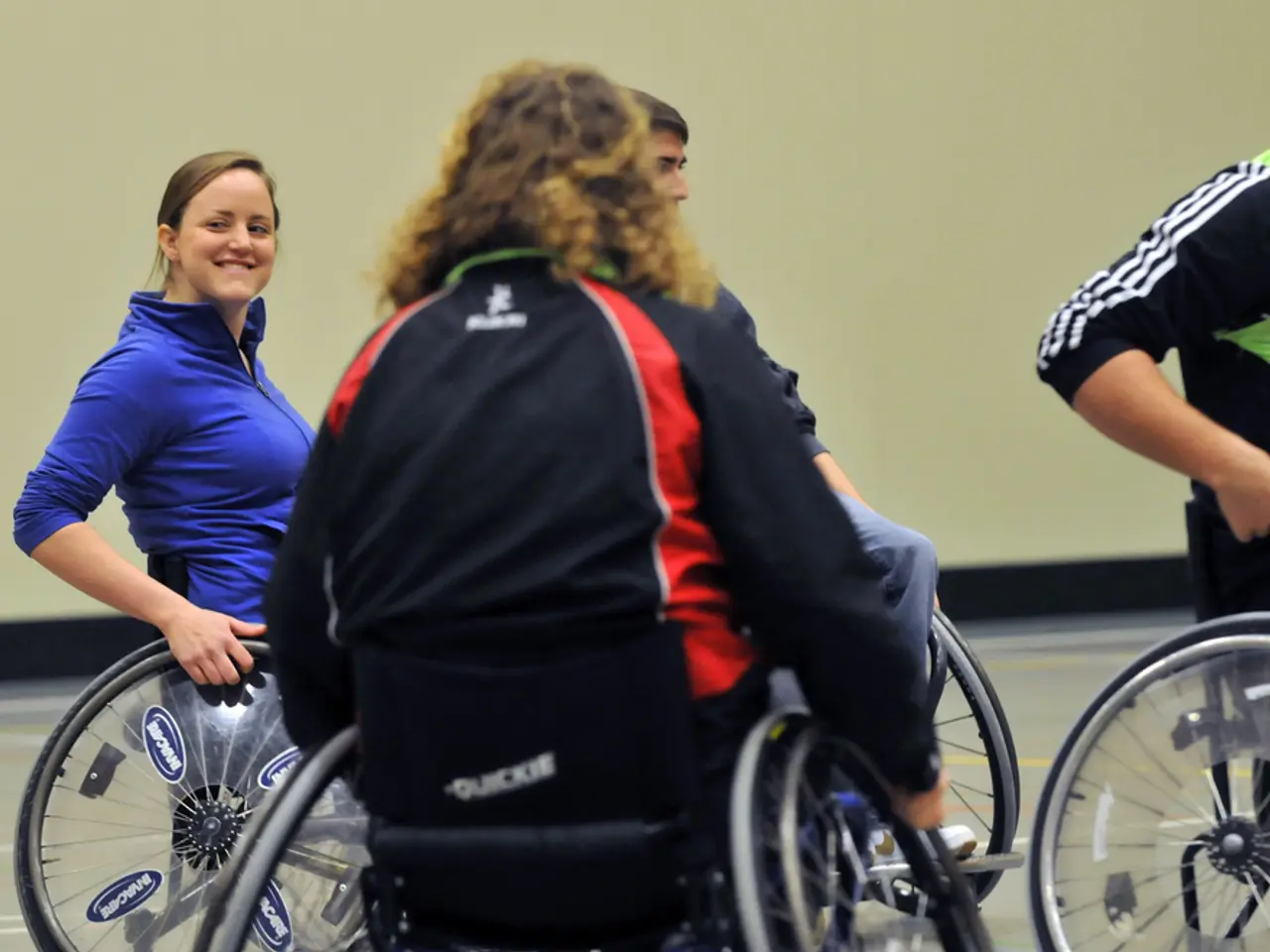Connections or junctions within a body part, specifically an artery or vein: Definition, applications, classifications, and additional information
Anastomosis, a surgical technique that connects two tubular structures within the body, plays a vital role in treating a wide range of medical conditions. This article aims to shed light on the process of anastomosis, its applications, and the potential complications that may arise.
In the realm of gastrointestinal surgery, anastomosis is often employed to join sections of the bowel. For instance, during a Single Anastomosis Gastric Bypass (SAGB) procedure, a part of the stomach is turned into a gastric pouch and attached to a small loop of intestine. Similarly, Intestinal Anastomosis involves removing part of the colon and joining the two remaining sections.
Anastomosis is not limited to the bowel; it can also connect the bowel to other structures within the body. For example, in surgeries for Crohn's disease, anastomosis reconnects the parts of the bowel after a surgeon has removed sections. In the case of colon cancer, the type of anastomosis depends on the location of the cancer.
While anastomosis is a common and essential procedure, it is not without its risks. Common complications following bowel anastomosis surgery include anastomotic leakage (AL), intestinal obstruction due to adhesions, wound infections, anastomotic strictures, and bleeding.
Anastomotic leakage (AL) is the most serious and feared complication, especially in colorectal surgery. Symptoms include leukocytosis, fever, ileus, pelvic pain, tachycardia, peritoneal signs, delayed gastric emptying, and elevated inflammatory markers such as C-reactive protein. Early diagnosis, typically with a CT scan, is crucial, and prompt treatment, often involving emergency reoperation, is necessary to prevent mortality.
Adhesions causing bowel obstruction are another common complication, resulting from scar tissue formation after surgery. Management of these adhesions may require surgical intervention.
Wound care management is essential to prevent infections and manage incisions or stomas if created during surgery. Ostomy care is critical if a temporary or permanent stoma is formed as part of the surgery; patients are educated on stoma management and bag changing to optimize recovery.
Anastomotic strictures, a narrowing at the surgical join, may occur and typically require endoscopic treatment to restore lumen patency. Mild bleeding after endoscopic interventions is common and usually minor.
Preoperative measures like mechanical bowel preparation combined with oral antibiotics may reduce postoperative infectious complications, although the detailed effects on AL rates require further clarification.
In conclusion, vigilant postoperative monitoring and multidisciplinary management are crucial to optimize outcomes and prevent mortality from serious complications such as anastomotic leakage. Other complications are managed empirically based on clinical presentation and severity. Understanding anastomosis and its potential complications is essential for both medical professionals and patients to ensure the best possible outcomes.
In the field of gastrointestinal science and health-and-wellness, a colonoscopy may be required to examine the colon and surrounding tissues for potential medical-conditions such as colon cancer or Crohn's disease. During such procedures, anastomosis might be employed to join affected parts of the colon, either by connecting them to other structures within the body or by joining the two remaining sections. For instance, following a colon cancer diagnosis, anastomosis could be used to reconnect the sections of the colon after surgical removal, with potential complications like anastomotic leakage and anastomotic strictures that may require endoscopic treatment.




